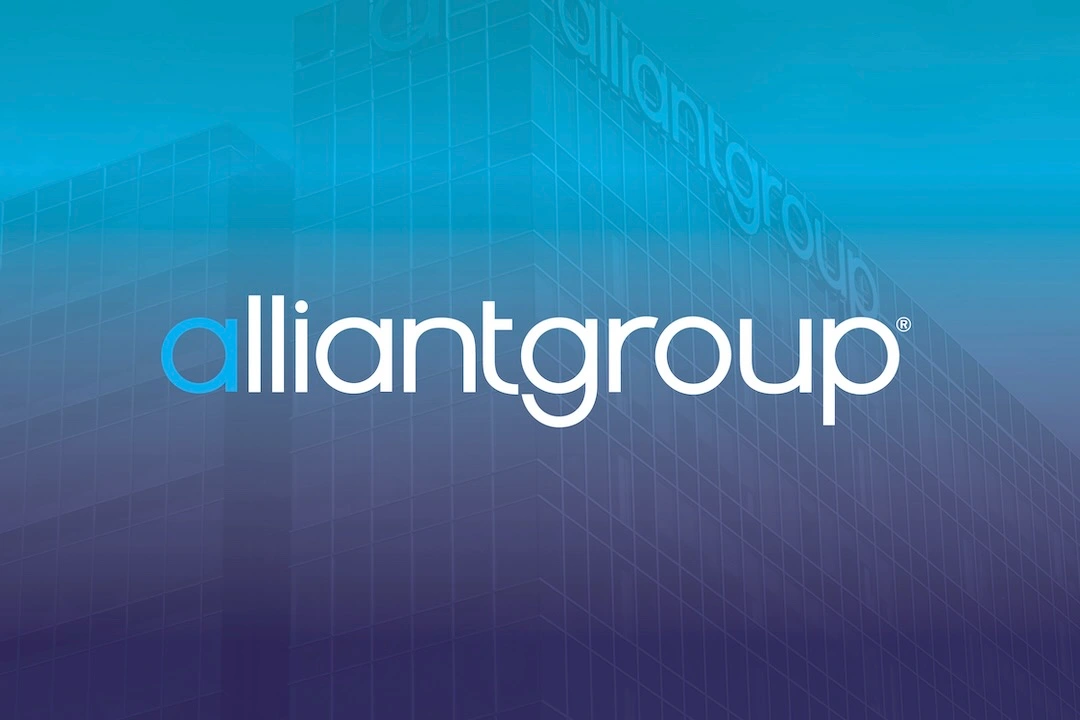by Dean Zerbe, Former Senior Counsel to the U.S. Senate Finance Committee; alliantgroup National Managing Director
If you have any questions about this article, please send us a message.
alliantgroup recently won a major decision in U.S. Tax Court where the court wholly validated alliantgroup’s 179D process. It was not just a victory for their client, but for taxpayers everywhere, as the decision provides clarity on how to properly substantiate 179D claims.
About the 179D Tax Deduction
In 2005, Code Section 179D was introduced in the Energy Policy Act to incentivize commercial building owners and certain tax-exempt building designers to invest in energy-efficient buildings. This deduction qualifies investments into energy-efficient components of new construction and existing structures, such as lighting and heating, ventilation, and air conditioning systems. Recently, Congress added enhancements through the Inflation Reduction Act (PL 117-169). These included an increase in the maximum deduction from $1.88 to $5.00 per square foot, as well as extended eligibility for a wider range of entities, including charities, religious and political organizations, private schools and universities, private foundations, and Native American tribes.
U.S. Tax Court Validated Process
Another significant development for Section 179D came from a recent court case. The U.S. Tax Court issued a decision in Johnson v. Comm (160 T.C. No 2) that supported the deduction of an alliantgroup client, Edwards 4 Engineering S corporation, for HVAC work done on a V.A. hospital in 2013 against objections from the IRS’ technical arguments in Notice 2008-40. This means that all aspects of alliantgroup’s documentation process—from obtaining allocation letters, certification of projects, identification of designers, and energy modeling—for the deduction are fully validated and approved by the U.S. Tax Court. This makes alliantgroup the only provider with this distinction.
Speaking about the Court ruling favoring the firm and its client, Dean Zerbe, National Managing Director of alliantgroup, said it an “important win” for all American taxpayers as it would set a precedent for future cases involving this deduction.
Understanding the Deduction
Section 179D is meant to stimulate the economy by rewarding architecture, engineering, and design-build contractor businesses with up to $5 per square foot for their work on government-owned buildings. To qualify, newly constructed or renovated buildings must meet or exceed some key energy reduction requirements and ASHRAE standards for work performed on interior lighting, HVAC, and building envelope systems.
Requirements for Qualification
The 179D tax deduction incentivizes businesses to invest in energy-efficient buildings. However, a thorough and complex process must be followed to qualify for this tax deduction. The process is divided into two parts, each with its own requirements and considerations.
- Evaluation: Determining Eligibility for the Tax Deduction
At the center of the evaluation process is determining whether a structure qualifies for the 179D tax deduction. To do this, a licensed third party evaluates it according to ASHRAE standards. During the physical visit, they analyze the building’s energy efficiency and compare it to a reference model for verification. This ensures that the structure complies with the required standards for energy efficiency.
- Documentation: Providing Proof of Eligibility
After completing the evaluation and confirming eligibility for the 179D tax deduction, you must provide documentation to claim it. This documentation includes allocation letters, signed by authorized personnel, confirming the building’s property ownership and energy efficiency. A report certifying the building qualifies for 179D and an energy model showing energy reduction compared to ASHRAE standards is also required.
aG Advantage: Assisting You Through the Process
alliantgroup has a team of licensed engineers and energy modelers in all 50 states, ready to assist businesses throughout the 179D tax deduction process—modeling of building, third-party certification, documentation, and substantiation. It entails, among other things, allocation on a first-come, first-serve basis.
Our proprietary software synchronizes with the U.S. Department of Energy’s modeling software, ensuring accuracy and compliance with IRS regulations.
Navigating the 179D tax deduction process can be complicated, but with alliantgroup’s industry expertise, experience, and court-certified process, you can feel confident that you are getting the maximum tax deduction available.
Contact us today to schedule a risk-free and no-cost preliminary assessment and let us help you take the first step toward a more energy-efficient future.
About the Author

Dean Zerbe is alliantgroup’s National Managing Director based in the firm’s Washington D.C. office. Prior to joining alliantgroup, Mr. Zerbe was Senior Counsel and Tax Counsel to the U.S. Senate Committee on Finance. He worked closely with then-Chairman and current Ranking Member of the Finance Committee, Senator Charles Grassley (R-IA), on tax legislation. During his tenure on the Finance Committee, Mr. Zerbe was intimately involved with nearly every major piece of tax legislation that was signed into law – including the 2001 and 2003 tax reconciliation bills, the JOBS bill in 2004 (corporate tax reform), and the Pension Protection Act. Mr. Zerbe is a frequent speaker and author on the outlook for short-term and long-term changes in tax policy, as well as ways accounting firms can help their clients lower their tax bill. He holds an LL.M. in Taxation from NYU and a J.D. from George Mason University.



